Barcelona and Catalonia
- Start
- University life
- Barcelona and Catalonia
To view this video please enable JavaScript, and consider upgrading to a web browser that supports HTML5 video
Catalonia
Catalonia is an autonomous community in Spain with a history stretching back thousands of years. Its own language—Catalan—is co-official alongside Spanish. With a population of 7.5 million, this densely populated, highly developed area is a powerhouse of the Spanish economy and a benchmark European region.
Catalonia is an industrially active, entrepreneurial country with a keen work ethic. Together with its cutting-edge infrastructure and services, this approach makes Catalonia an ideal place to do business.
Catalonia’s universities reflect its multifaceted society and attract people from all over the world eager to acquire skills and share experiences.
Its centres of learning offer a wide range of educational pathways, including around 1,000 official university degrees in many areas of knowledge, including arts and humanities, science, healthcare, social and legal sciences, architecture and engineering, among others.
Catalonia has always been open to migration: over the course of history it has forged ties with peoples all around the Mediterranean. Its multicultural character has made it a dynamic area with tremendous economic, social and cultural influence.
It boasts a rich diversity of year-round natural beauty. The Pyrenees, the Costa Brava, Barcelona, Montserrat, the Ebro Delta and the hills and plains of Lleida are just some of its outstanding places offering a host of leisure, cultural, sporting and gastronomic activities.
For further information, visit the Catalan Government’s website
Barcelona
Barcelona, the capital of Catalonia, has a population of 1.
Barcelona has made a name for itself as a global city thanks to its leading role in the spheres of culture, finance, business and tourism. It is one of the busiest ports on the Mediterranean and a key transport hub between Spain and France.
By seamlessly combining tradition and modernity, Barcelona boasts architectural reminders of its Roman and medieval past alongside Catalan Art Nouveau buildings—including Gaudí’s Modernista masterpieces—and striking examples of contemporary architecture such as the Torre Agbar. Its urban development has made it a focal point for architecture lovers.
Barcelona, the southern gateway to Europe, has been a centre of learning for over 500 years and is now home to one of the largest university communities in Europe, made up of 200,000 students and more than 15,000 lecturers at seven universities offering a wide range of undergraduate and postgraduate degree courses.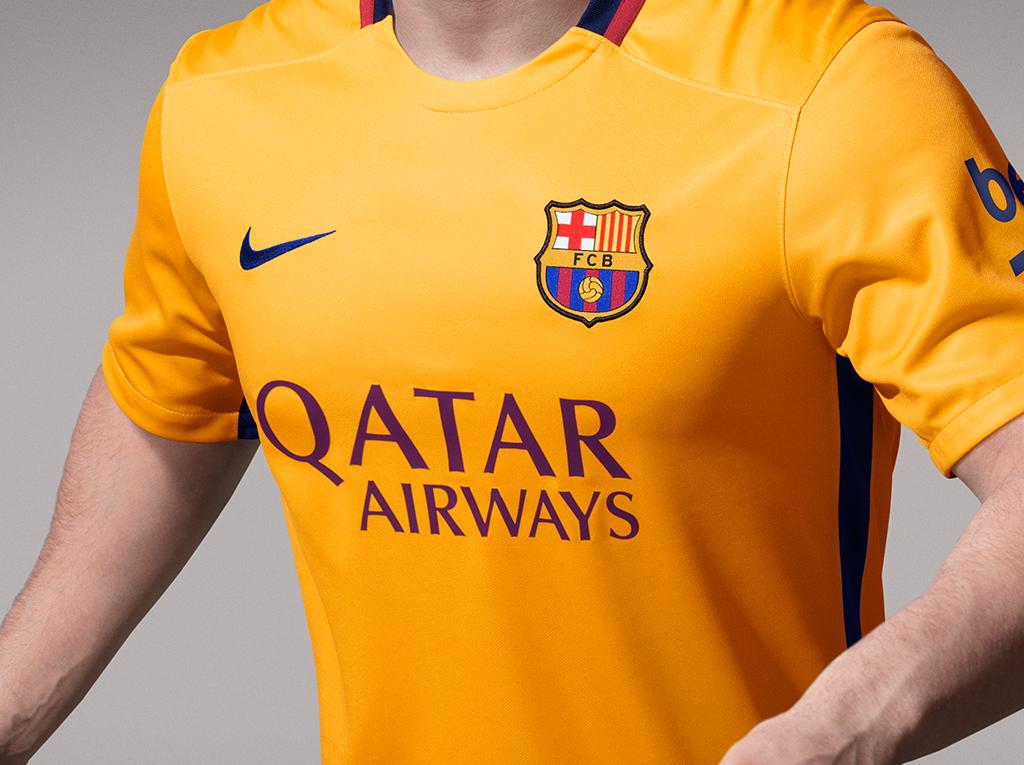
Barcelona’s universities consistently score highly in international rankings and most of them have been named Campuses of International Excellence (CIE), a distinction that aims to promote Spanish universities in Europe.
Barcelona’s huge potential has made it a magnet for new trends from around the world. Design, music, fashion, art and film professionals are part and parcel of this dynamic city.
A wide range of cultural, sporting, leisure and nature activities adds to the city’s wealth of opportunities. It is a perfect place to combine stimulating academic activity with a lively social life.
For more information on Barcelona, visit the city’s official information website
Barcelona inspira
The Catalan capital
Barcelona expresses our own philosophy to perfection. It’s a city that inspires design, technology, research and creativity. A city proud of its people and their culture. An ideal enclave for training our professionals.
With a population of 1.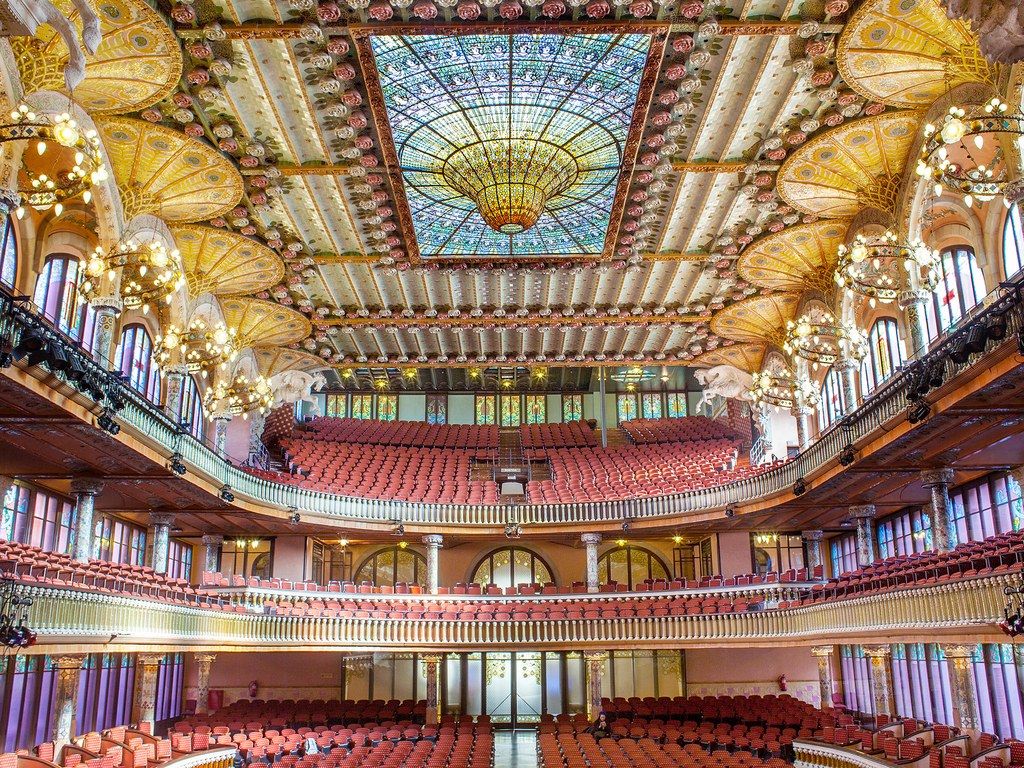
Catalonia has its own language—Catalan—which is co-official alongside Spanish. The roots of this Romance language lie in the Latin spoken here over a thousand years ago. The first texts in Catalan date from the 12th century.
In accordance with UPF’s statutes, Catalan is the university’s language of communication. Classes at ESCI-UPF are taught in Catalan, Spanish and English. Nonetheless, any subject set to be taught in Catalan will be taught in Spanish instead if any overseas students sign up for it.
Born
Its cafes are full by day, and at night people stroll along the Passeig del Born to have a drink in one of its popular bars.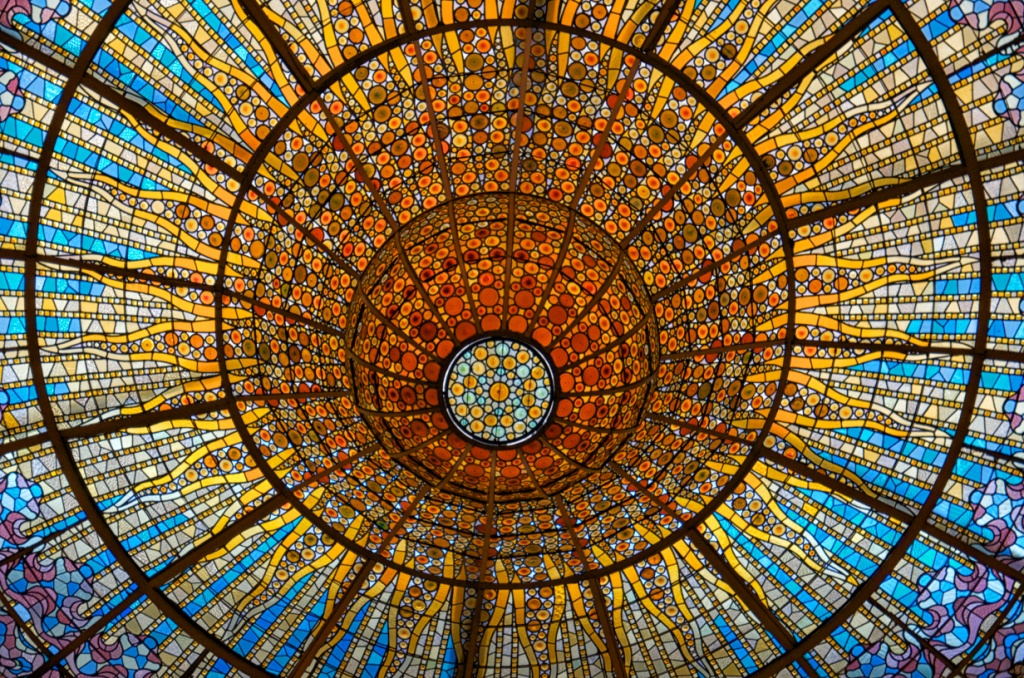
There are enticing shops and boutiques on every street corner. New craftspeople, designers, artists and furniture restorers have make this neighbourhood their home and given it a unique personality that combines tradition and modernity with great flair.
Nearby you will find Barcelona Zoo, Ciutadella Park, where you can take a walk or relax on the lawn, and the beach, which is only 10 minutes’ walk away.
On the edge of the neighbourhood, Santa Caterina Market has made a name for itself not only for its high-quality produce but also for its striking architecture. Leaving Born, you come to Barcelona Cathedral and the Palau de la Música Catalana.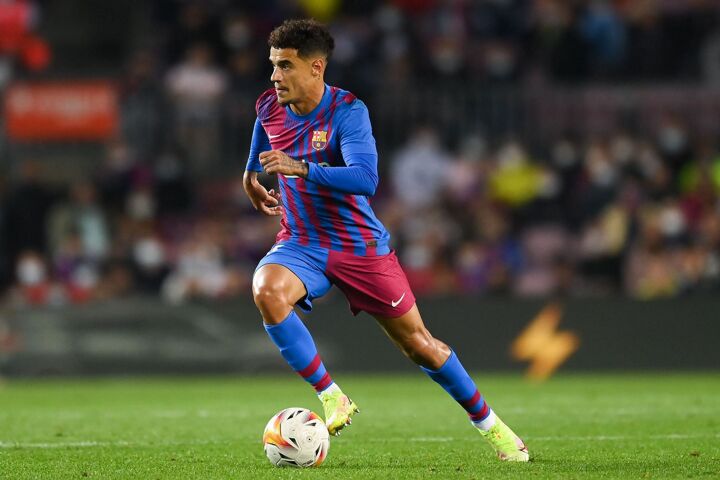
Beaches
Every year, millions of people flock to the city’s beaches to sunbathe and go for a swim in the sea.
A boardwalk stretches all the way along the Barcelona seafront, from Llevant beach in the north all the way down to Sant Sebastià beach in the south, home to the famous W Hotel.
All the beaches are well connected, well maintained and well equipped with a range of services, including showers and toilets and even beach bars and restaurants. The most popular beaches are also the closest: Barceloneta, Sant Miquel and Sant Sebastià.
Catalonia profile – BBC News
-
Published
Proud of its own identity and language, Catalonia is one of Spain’s richest and most highly industrialised regions, and also one of the most independent-minded.
With a distinct history stretching back to the early middle ages, many Catalans think of themselves as a separate nation from the rest of Spain.
A roughly triangular region in Spain’s far north-east corner, Catalonia is separated by the Pyrenean mountains from southern France, with which it has close historical and cultural ties.
- Read the media profile profile
- Read more country profiles – Profiles by BBC Monitoring
Economic hub
Image source, Getty Images
Image caption,
Catalonia’s beaches attract tourists from across Europe
Most people in Catalonia live in Barcelona, its political and economic hub and popular European travel destination.
Holiday-makers also flock to the Mediterranean beaches of the Costa Brava and Costa Daurada/Dorada, and the Pyrenees are popular with hikers, making tourism an important part of Catalonia’s economy.
But it is manufacturing – traditionally textiles though more recently overtaken in importance by the chemical industry, food-processing, metalworking – that make the region Spain’s economic powerhouse, along with a growing service sector.
Catalan language
Image source, Getty Images
Image caption,
Building human towers – “castells” – is a Catalan tradition originating in the 18th century
The use of Catalan – a language as close to regional languages of southern France like Occitan as it is to Castilian Spanish – has equal status with Castilian and is now actively encouraged in education, official use and the media. However, Castilian predominates in Barcelona, and is still the first language of a narrow majority of Catalans, who are nearly all bilingual.
Variants are also spoken in the region of Valencia to the south, and on the Balearic islands, leading many Catalan nationalists to regard all three regions- as well as the traditionally Catalan-speaking Roussillon region of France – as forming the “Catalan Countries”.
History of Catalonia
Image source, Getty Images
Image caption,
Antoni Gaudì ‘s Sagrada Família in Barcelona is the largest unfinished Catholic church in the world
The area first emerged as a distinct entity with the rise of the County of Barcelona to pre-eminence in the 11th Century.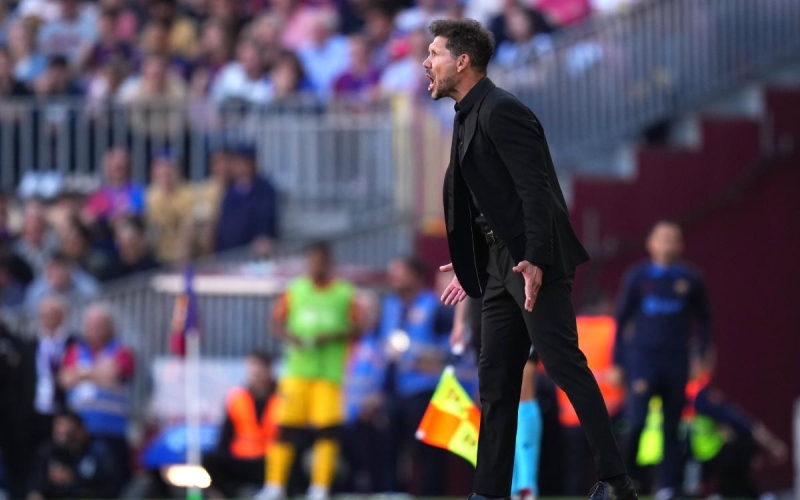
Catalonia has been part of Spain since its genesis as a united state in the 15th Century, when King Ferdinand of Aragon and Queen Isabella of Castile married and united their realms.
Initially retaining its own institutions, the region was ever more tightly integrated into the Spanish state, until the 19th Century ushered in a renewed sense of Catalan identity, which flowed into a campaign for political autonomy and even separatism. The period also saw an effort to revive Catalan as a language of literature.
When Spain became a republic in 1931, Catalonia was soon given broad autonomy.
Image source, Getty Images
Image caption,
The legacy of Gen Franco’s dictatorial rule still looms over relations between Catalonia and Madrid
During the Spanish Civil War, Catalonia was a key Republican stronghold, and the fall of Barcelona to Gen Francisco Franco’s right-wing forces in 1939 marked the beginning of the end of republican resistance.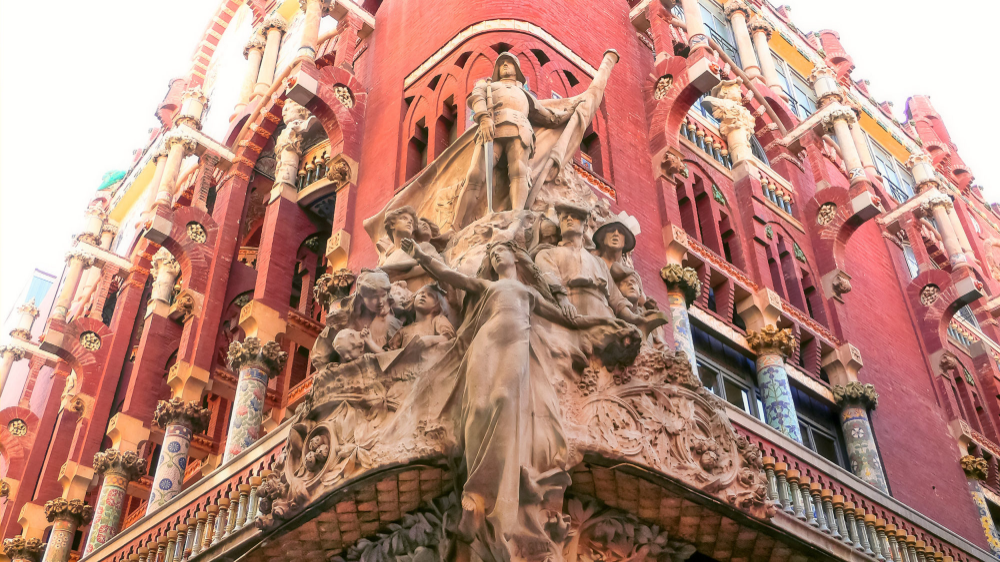
Under Franco’s ultra-conservative rule, autonomy was revoked, Catalan nationalism repressed, and use of the Catalan language restricted.
The pendulum swung back with the emergence of a democratic Spain after Franco’s death. Catalonia now has its own parliament and executive – together known as the “Generalitat” in Catalan – with extensive autonomy.
Separatist fervour soared in 2010 after a ruling by Spain’s constitutional court set limits on Catalan claims to nationhood. The region’s president at the time, Jose Montilla, said the ruling had “attacked the dignity of Catalans”.
Image source, Getty Images
Image caption,
Sentiment in favour of a complete break from Spain rose in the early 2000s
Spain’s painful economic crunch also fuelled enthusiasm for sovereignty. Many Catalans believe their affluent region pays more to Madrid than it gets back, and blamed much of Spain’s 2008 debt crisis on the central government.
A regional government backed by the two main separatist parties held a non-binding independence referendum in 2014, with 80% of those taking part voting “yes”.
It called another set of elections in 2015 to reinforce its mandate, and a further referendum followed in October 2017 that again backed independence by a large margin.
The 2017 breakaway referendum prompted Spain’s deepest political crisis for decades, with the Catalan regional parliament declaring independence, and Madrid then imposing direct rule over the region.
After Catalan leader Carles Puigdemont and two ministerial colleagues fled, Spain jailed nine other Catalan leaders for sedition for their role in the breakaway vote. They were pardoned by Spanish Prime Minister Pedro Sánchez in 2021.
- Catalonia
- Spain
The BBC is not responsible for the content of external sites.
Barcelona: Rambla and Gothic Quarter. Catalan walk with Audiogid.ru
Introduction
- 15 Reviews
Only in Russian
Share
Download the tour to your phone:
All points of the tour
- Tour Information
-
Tour information
$
This tour can be purchased in the izi.
TRAVEL app
_
Barcelona (Barcelona) is the largest city in the Mediterranean, the administrative and cultural capital of Catalonia, an autonomous region in the Kingdom of Spain.
A foreign tourist relaxing on the luxurious beach of the Costa de Maresme or Costa Brava has no doubt that he is in Spain. However, having decided to share this hypothesis with any of the locals, he runs the risk of hearing in response: “I’m sorry, but you are in Catalonia …”.
Mentioning these places as a province will cause an even sharper reaction. But you can flatter the Catalan by comparing his homeland with the rest of the country, for example: “Nature, people and leisure in Catalonia are better than in Spain.”
Catalans are convinced that they live in an independent state with its capital in Barcelona, have their own government, flag, and original Catalan language, which is strongly influenced by French speech.
On the roads near the administrative border of Catalonia, you can still find Spanish-language road signs, roughly straightened with red enamel in the Catalan way.This phenomenon, which is very far from nationalism, materializes the historical memory of the people, confident in their exclusivity. The distribution area of the Catalan language marked on each local map repeats the borders of the empire, which was once called Aragon.
The proximity of Catalan and Spanish can confuse tourists. They differ from each other no more than Russian from Ukrainian, or in extreme cases, Bulgarian. But for the Catalans it is dear as a symbol of independence.
In our story, we will mainly stick to Spanish spellings and stress in proper names, but keep in mind that the Catalans usually stress the last syllable, like the French. For example, they say “Rambla”, not “Rambla”.
So, the capital of Catalonia is located on the seashore between the surf line and the Calserola mountain range, at the mouth of the Llobregat River. The backdrop for Barcelona is the hills of Montjuic and Tibidabo, on the slopes of which there are parks, recreation areas and viewing platforms.To the north of the city, the resort villages of the famous Costa Brava stretch for tens of kilometers, which is considered one of the most popular tourist regions in the world.
Barcelona is the most important port and the second largest city in Spain. About 1.5 million people live in it, and with several nearby cities an agglomeration with a population of about 5 million people is formed.
Like no other city, Barcelona deserves to be the capital not only of Catalonia, but of the whole of Spain. After all, he gave the world Antonio Gaudi, Salvador Dali, Joan Miro, Jose Carreras, Montserrat Caballe. It is the Catalan capital that tourists who have visited Spain admire and wonder why dusty Madrid has not yet lost the palm to it.
Barcelona is beautiful at any time of the year. In the spring you will find here not crowded embankments, fresh wind and soft, not burning sun; it is the smell of fried fish, the taste of rose wine, asparagus and oysters; paella Mariscada with cuttlefish ink, devilfish and dorado fish baked in sea salt, and avocado salad with langoustines.
In summer, the city is fragrant with flowers and filled with the chirping of birds. They say that somehow the smugglers were forced to release a large batch of parrots. The birds joyfully scattered, and so they took root forever. Some streets resemble a bird market, where bird sellers offer every passerby to buy or just admire God’s creatures.
Undoubtedly, Barcelona itself is one big attraction, an open-air museum. Here the tourist will find original architecture, unique cultural flavor, squares, boulevards and even whole quarters-monuments.
The history of Barcelona reflects all stages of the formation of European civilization.
There are two different legends regarding the founding of Barcelona. The first ascribes the founding of the city to the hero of Greek myths Hercules a thousand years before our era.Photo
Forward
-
1
The Rambla. Plaza Catalunya.
-
2
The Rambla.
Canaletes
-
3
The Rambla. Boqueria Market
-
4
The Rambla. Liceo Theater
-
5
The Rambla. Palace Guell.
-
6
The Rambla. Pla del Theater
-
7
Maritime Museum
-
8
The Rambla. Gates of the world
-
9
Marine boulevard
-
10
The Rambla. Port. “Maregmagnum”
-
eleven
Barcelona. Gothic Quarter. Barcino. Flag legend
-
12
Gothic Quarter. Royal Square
-
Tour information
$
This tour can be purchased in the izi.
TRAVEL app
_
Barcelona (Barcelona) is the largest city in the Mediterranean, the administrative and cultural capital of Catalonia, an autonomous region in the Kingdom of Spain.
A foreign tourist relaxing on the luxurious beach of the Costa de Maresme or Costa Brava has no doubt that he is in Spain. However, having decided to share this hypothesis with any of the locals, he runs the risk of hearing in response: “I’m sorry, but you are in Catalonia …”.
Mentioning these places as a province will cause an even sharper reaction. But you can flatter the Catalan by comparing his homeland with the rest of the country, for example: “Nature, people and leisure in Catalonia are better than in Spain.”
Catalans are convinced that they live in an independent state with its capital in Barcelona, have their own government, flag, and original Catalan language, which is strongly influenced by French speech.
On the roads near the administrative border of Catalonia, you can still find Spanish-language road signs, roughly straightened with red enamel in the Catalan way.This phenomenon, which is very far from nationalism, materializes the historical memory of the people, confident in their exclusivity. The distribution area of the Catalan language marked on each local map repeats the borders of the empire, which was once called Aragon.
The proximity of Catalan and Spanish can confuse tourists. They differ from each other no more than Russian from Ukrainian, or in extreme cases, Bulgarian. But for the Catalans it is dear as a symbol of independence.
In our story, we will mainly stick to Spanish spellings and stress in proper names, but keep in mind that the Catalans usually stress the last syllable, like the French. For example, they say “Rambla”, not “Rambla”.
So, the capital of Catalonia is located on the seashore between the surf line and the Calserola mountain range, at the mouth of the Llobregat River. The backdrop for Barcelona is the hills of Montjuic and Tibidabo, on the slopes of which there are parks, recreation areas and viewing platforms.To the north of the city, the resort villages of the famous Costa Brava stretch for tens of kilometers, which is considered one of the most popular tourist regions in the world.
Barcelona is the most important port and the second largest city in Spain. About 1.5 million people live in it, and with several nearby cities an agglomeration with a population of about 5 million people is formed.
Like no other city, Barcelona deserves to be the capital not only of Catalonia, but of the whole of Spain. After all, he gave the world Antonio Gaudi, Salvador Dali, Joan Miro, Jose Carreras, Montserrat Caballe. It is the Catalan capital that tourists who have visited Spain admire and wonder why dusty Madrid has not yet lost the palm to it.
Barcelona is beautiful at any time of the year. In the spring you will find here not crowded embankments, fresh wind and soft, not burning sun; it is the smell of fried fish, the taste of rose wine, asparagus and oysters; paella Mariscada with cuttlefish ink, devilfish and dorado fish baked in sea salt, and avocado salad with langoustines.
In summer, the city is fragrant with flowers and filled with the chirping of birds. They say that somehow the smugglers were forced to release a large batch of parrots. The birds joyfully scattered, and so they took root forever. Some streets resemble a bird market, where bird sellers offer every passerby to buy or just admire God’s creatures.
Undoubtedly, Barcelona itself is one big attraction, an open-air museum. Here the tourist will find original architecture, unique cultural flavor, squares, boulevards and even whole quarters-monuments.
The history of Barcelona reflects all stages of the formation of European civilization.
There are two different legends regarding the founding of Barcelona. The first ascribes the founding of the city to the hero of Greek myths Hercules a thousand years before our era.Photo
Forward
Provided
Audiogid.ru is Russia’s first independent developer of audio guides for Moscow, St.
All audio guides
See also
- en
Spain • Madrid
Madrid. Spanish walk with Audiogid.ru
- ru
France • Paris
Paris: from the Gare de Lyon to the Eiffel Tower. Capital walk with Audiogid.ru
- en
Italy • Tuscany, Florence
Florence. Italian walk with Audiogid.ru
- ru
Italy • Rome
Great walk around Rome with Audiogid.ru. From Piazza Venezia along Via del Corso to Trevi Fountain and Quirinal
Reviews
I rate this tour
A minimum rating of 1 star is required.
Your name
Please fill in your name.
Comment (optional)
Leave this field blank
-
Valentine
5 out of 5 rating
11-16-2019Everything is fine, we got acquainted with the Gothic quarter with this audio guide.
The walk was a success! Thank you.
-
Eugene
5 out of 5 rating
11-10-2019Great tour, lots of interesting facts and covers all major attractions, perfect for a first trip to Barcelona.
-
Audiogid.ru
5 out of 5 rating
10-20-2019Points corrected. The tour is broken up more conveniently.
-
Andrey Gromov
2 out of 5 rating
09-09-2019Everything is very bad.
The tracks are broken badly.
Where to look is not clear, because the points on the map do not exactly correspond to the story.
The story jumps from topic to topic.
Yes, and I would unfold the route, because to interesting points, you get tired, and this story gets boring. Well at least it’s cheap. -
4 out of 5 rating
05-24-2019A good, fairly detailed audio guide.
Point 7, time 1:43 – an error in the audio recording (omission of part of the text).
Open in app
Barcelona acquitted in connection with the referees. La Liga president accused of falsifying facts
Relations between Barcelona and Real Madrid have soured amid an investigation into the links of the Catalan club with the former head of the Spanish referees Enriques Negreira / EPA
The case of Barcelona’s connection with the former head of the Spanish referees, José María Enríquez Negreira, takes a new turn. The Catalan edition of La Vanguardia found out that one of the facts on the basis of which the prosecutor’s office initiated the investigation turned out to be false. Barcelona have already called for the resignation of Javier Tebas, the president of La Liga, who presented dubious evidence.
Negreira from 1993 to 2018 worked in the Royal Spanish Football Federation (RFEF), including heading the refereeing commission. The Spanish prosecutor’s office, on the basis of supporting documents sent by Tebas, found out that Barcelona between 2001 and 2018.
Negreira said he advised Barcelona on refereeing matters as the Catalans wanted to make sure they were not sued. According to him, this practice is typical for many Spanish clubs. This argument had no effect on the prosecutor’s office. They found that Barcelona paid above average prices for consultations and reports, Negreira acquired real estate and other assets, and he himself hid the fact of payments by filling out a tax return. In addition, Barcelona stopped paying Negreira after his departure from RFEF and immediately received several messages from him threatening to reveal the details of their cooperation.
The defendants in the case were Barcelona itself as a legal entity, as well as former presidents of the club Sandro Rosell (managed from 2010 to 2014) and Josep Maria Bartomeu (2014-2022). They will have to justify themselves under such articles as corruption in the sports business, dishonest management of the club and falsification of documents.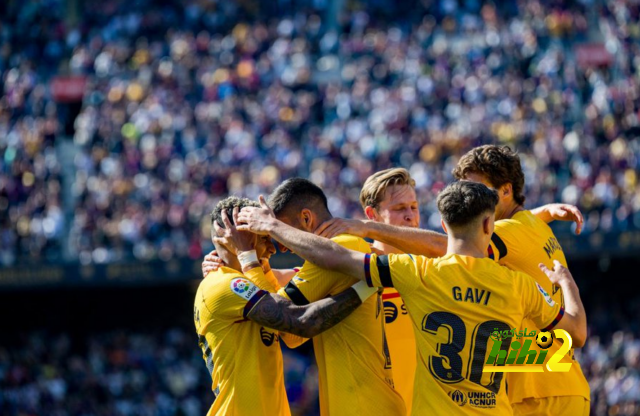
Tebas sent a letter to the prosecutor’s office based on a handwritten document found in the house of former Barcelona director Josep Contreras – he passed away on December 25, 2022. According to La Vanguardia, this document does mention the name Rosell and the name Josep Maria, however they have nothing to do with the presidents of the Catalan club. As explained by the family of the deceased, the document refers to Ramon Rosell, a former accountant for Contreras companies, and a bank employee named Josep Maria.
Contreras wrote the note by hand between 1980 and 1990. for his family in case of force majeure. It is noted that the note mentions Catalan banks, Banca Catalana and Banca Mas Sardá, where he had accounts.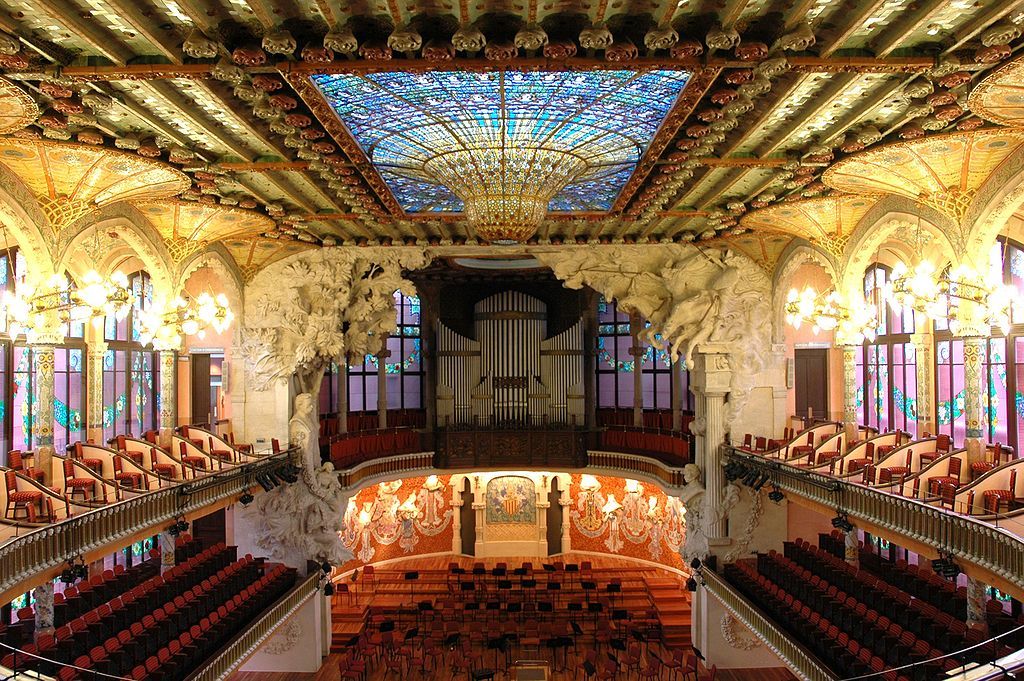
The Union of European Football Associations (UEFA) also initiated an investigation into Barcelona. The organization’s website said that they are not required to rely on the decision of any court when issuing a sanction if they consider that the club directly or indirectly tried to influence the outcome of any match.
According to Spain’s Marca, UEFA plans to ban Barcelona from the Champions League for the 2023/24 season. A decision must be made by June. If it is accepted later, Barcelona will be able to delay the process by first appealing to the UEFA appeals court, and then to the Court of Arbitration for Sport (CAS).
Barcelona’s actions were also condemned by all clubs in the Spanish La Liga. At the same time, Real Madrid, which teamed up with the Catalans on the issue of creating a European Super League (the clubs have not yet left the project), made a separate statement and later than everyone else.

 TRAVEL app
TRAVEL app  This phenomenon, which is very far from nationalism, materializes the historical memory of the people, confident in their exclusivity. The distribution area of the Catalan language marked on each local map repeats the borders of the empire, which was once called Aragon.
This phenomenon, which is very far from nationalism, materializes the historical memory of the people, confident in their exclusivity. The distribution area of the Catalan language marked on each local map repeats the borders of the empire, which was once called Aragon. 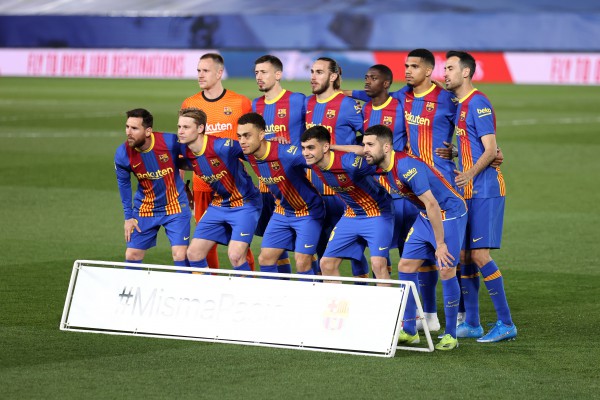 To the north of the city, the resort villages of the famous Costa Brava stretch for tens of kilometers, which is considered one of the most popular tourist regions in the world.
To the north of the city, the resort villages of the famous Costa Brava stretch for tens of kilometers, which is considered one of the most popular tourist regions in the world. 
 Canaletes
Canaletes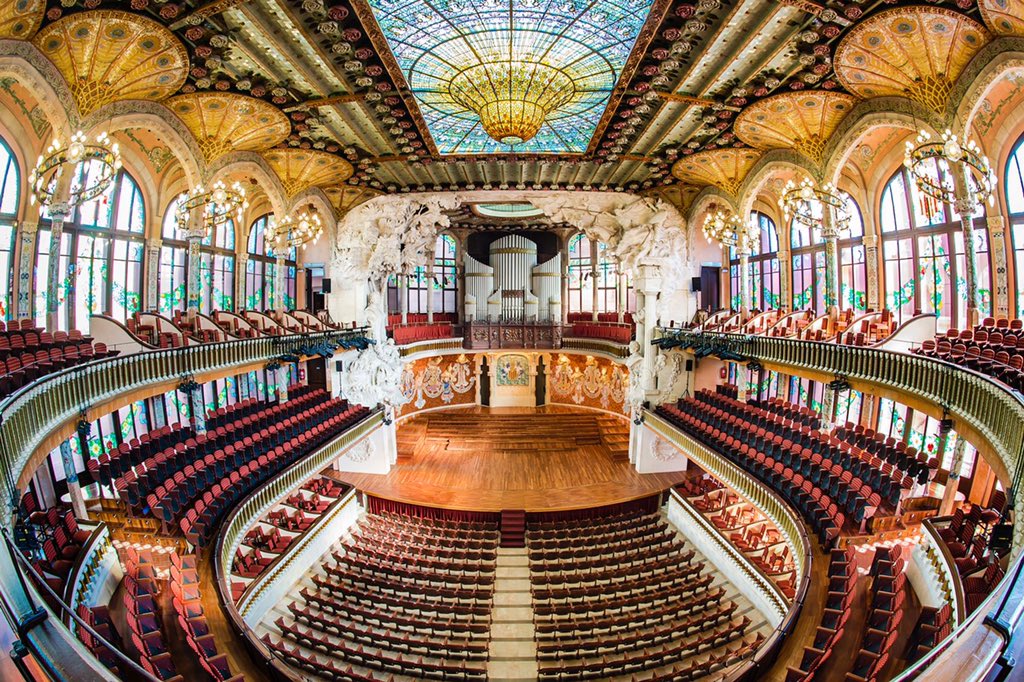 TRAVEL app
TRAVEL app  This phenomenon, which is very far from nationalism, materializes the historical memory of the people, confident in their exclusivity. The distribution area of the Catalan language marked on each local map repeats the borders of the empire, which was once called Aragon.
This phenomenon, which is very far from nationalism, materializes the historical memory of the people, confident in their exclusivity. The distribution area of the Catalan language marked on each local map repeats the borders of the empire, which was once called Aragon. 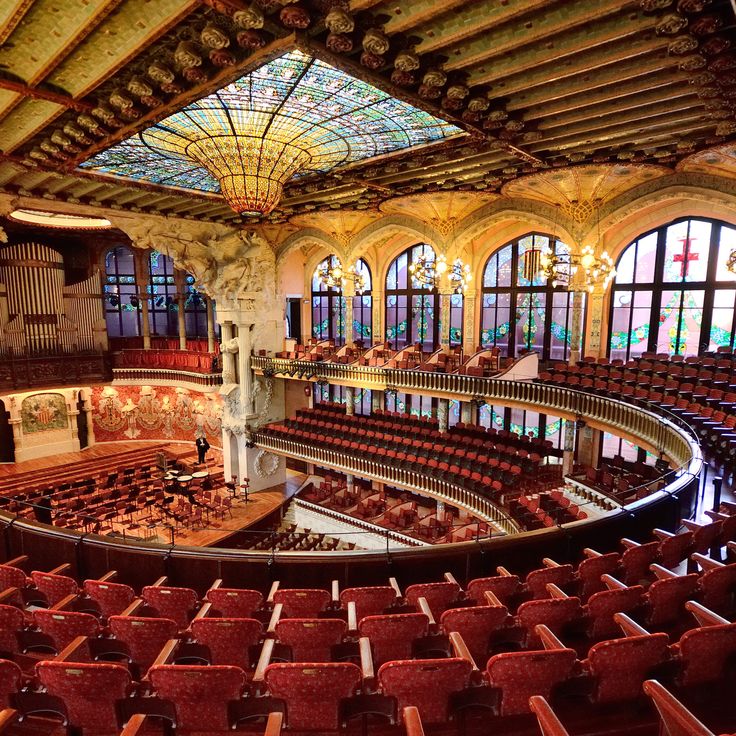 To the north of the city, the resort villages of the famous Costa Brava stretch for tens of kilometers, which is considered one of the most popular tourist regions in the world.
To the north of the city, the resort villages of the famous Costa Brava stretch for tens of kilometers, which is considered one of the most popular tourist regions in the world. 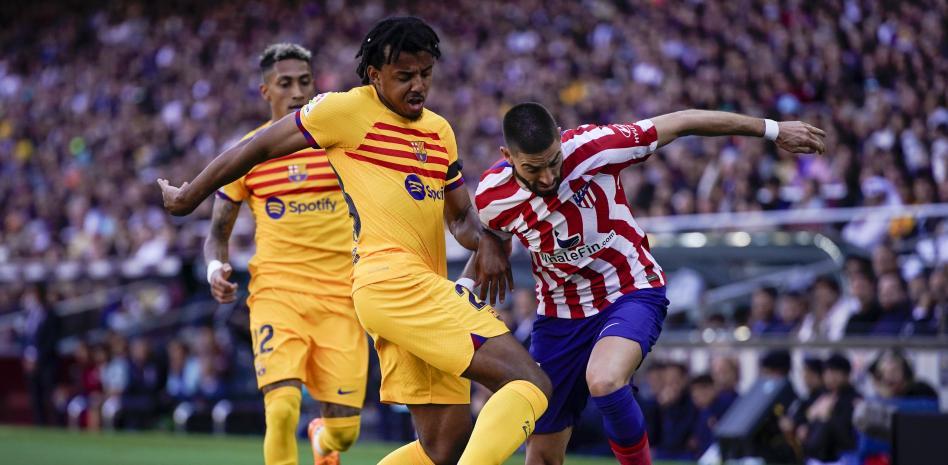
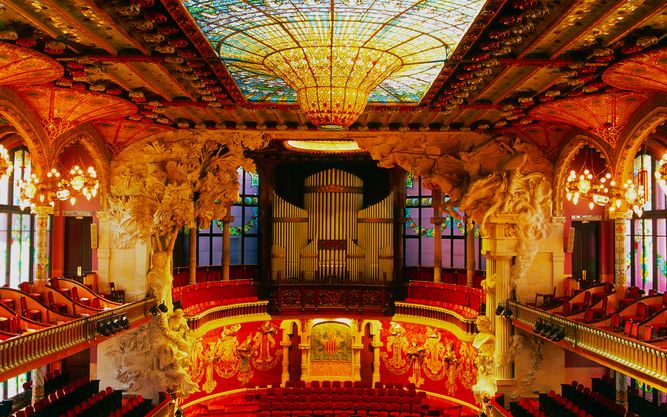 The walk was a success! Thank you.
The walk was a success! Thank you. 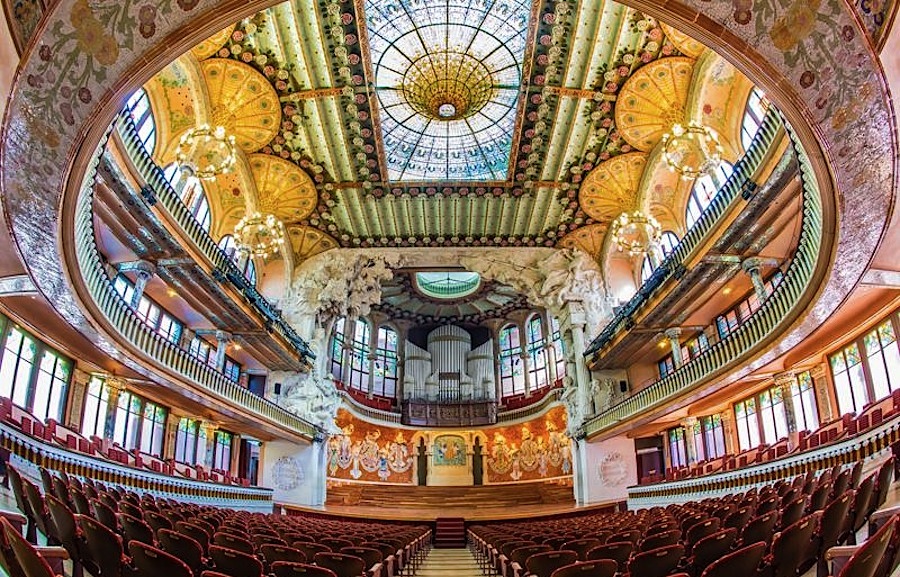 Point 7, time 1:43 – an error in the audio recording (omission of part of the text).
Point 7, time 1:43 – an error in the audio recording (omission of part of the text). 